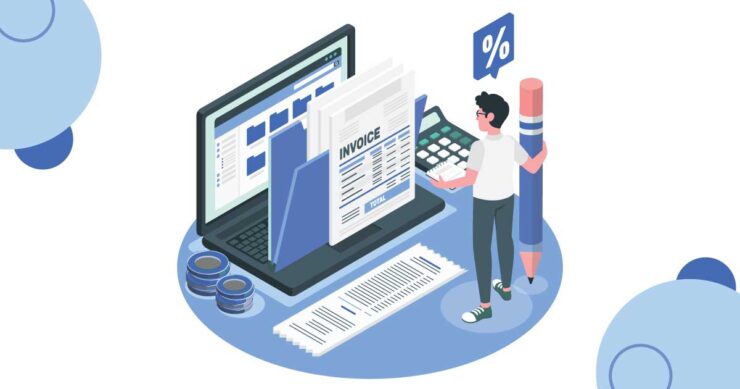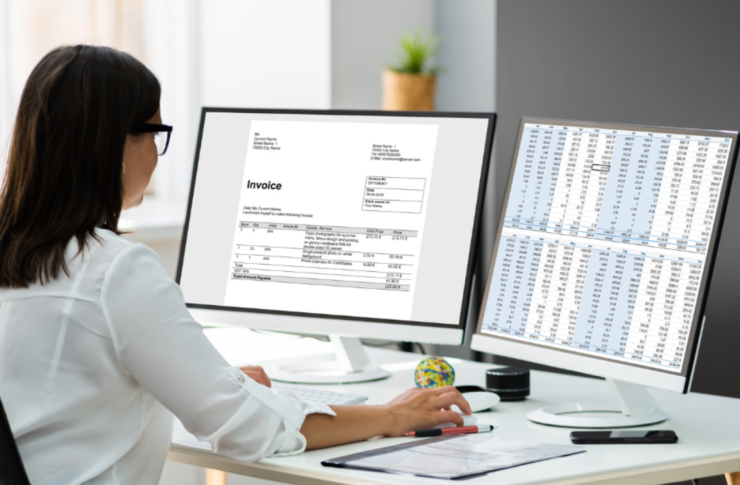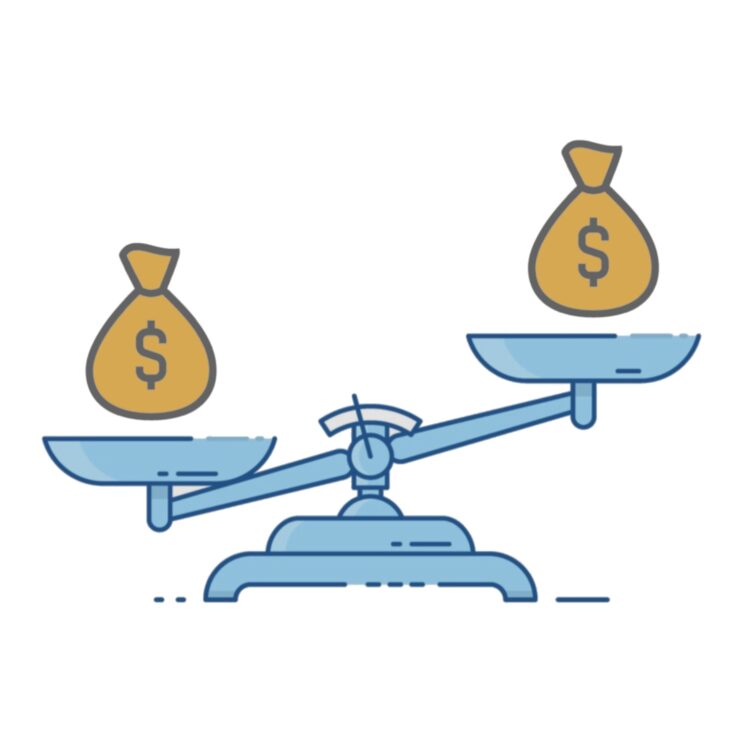Making timely and accurate payments to vendors and customers is vital to the success of any business. Billing is the process of sending invoices, tracking payments, and managing accounts receivable for businesses. There are two common approaches for managing billing: software-based solutions and manual methods. Understanding the advantages of each system can help you decide which approach is best for your business.
Benefits of Software

Billing software has the potential to help businesses reduce costs, streamline their billing process, and increase visibility over their revenue.
Adopting software solutions gives businesses many powerful benefits. It helps organizations of all sizes automate the entire invoicing process from purchase order entry to issuing electronic invoices, reducing manual labor and the possibility of errors. This can reduce the amount of time spent on cumbersome administrative tasks, allowing you to focus on other high-value tasks that drive business success.
Additionally, when compared to manual billing processes, the best billing software can offer improved data accuracy and comprehensive financial reporting that can help you more effectively manage cash flow and budgeting. Comprehensive and easily accessible data allows you to get a better understanding of customer purchasing habits and better anticipate revenue forecasts in advance. When used properly, this information allows your business to make more informed decisions about pricing models and upcoming investments that may return a better ROI in the short term or the long term.
Finally, software solutions often have built-in compliance features such as tax compliance calculators that ensure your invoices will adhere to various taxation rules applicable in different regions or for specific types of customers. This increases efficiency further by greatly reducing the potential for compliance violations when it comes to international accounting regulations or policies regarding invoicing.
By freeing up these resources from inaccurate or incomplete invoice tasks along with any penalties associated with them, your organization is able to achieve greater financial reporting accuracy without sacrificing any processing speed for customers’ orders or payments.
Benefits of Manual Billing

The use of manual billing may seem outdated in today’s world, but for many businesses with limited customer bases, manual billing is often the best option. A notable benefit of manual billing is its flexibility. Depending on the size and complexity of an invoice, companies can adjust how much information they input into each invoice. For example, if a company only needs to include basic customer and product information, then more depth can go into other fields such as payments received and discounts are given.
Manual billing also allows for customized printing options so companies can adjust the look and feel of their invoices. This allows for increased brand recognition and provides a personal touch that automated software often does not offer. In addition to personalized invoicing capabilities, businesses using manual billing also benefit from not having to pay additional fees associated with using automated software or online payment platforms.
Considerations for Choosing Billing Software

Before determining whether billing software is right for your business, it’s important to consider all the variables. From cost and compatibility to features and flexibility, these are just some of the things to consider when selecting a billing software solution.
Cost
The cost of billing software solutions can vary widely depending on the features and functions they provide. You’ll need to evaluate your budget and determine how much you can spend on billing software.
Compatibility
Not all software solutions are compatible across platforms or are available in different languages. If you use multiple systems or operate in multiple countries, it’s important to check that the software you’re considering will work with all of them.
Efficiency
Is the system quick and easy for your staff to use with minimal training? Knowing how quickly employees will be able to learn the system is an important factor when evaluating different solutions.
Features
Make sure that any software you choose provides sufficient features for what you need it to do. It should provide options for invoicing, payments, scheduling, reporting, notifications, analytics, and more so that everything related to your billing process can be handled through one platform rather than multiple sources.
Flexibility
Ensure that any solution meets all of your unique needs while also allowing for growth as your organization expands over time so you don’t have to outgrow the system after just a short period of time or end up pouring additional money into making changes within it.
Cost Comparison

When comparing manual vs. automated software for your business, an important cost consideration is the overall expense of manpower needed to track billing manually versus using a computer system to automate the task.
When done manually, it can be hard to tell whether there was a mistake until you discover late payments or discrepancies in accounting ledgers. Automating your business’s billing process could reduce administrative costs and help keep your books more accurately up-to-date while saving on manpower power costs.
Additionally, many of these services offer accounting solution integration and improved customer support so you can spend more time doing what you do best — grow your business!
Challenges of Manual Billing
Processing invoices requires significant time and effort to ensure accuracy, which can be both costly and time-consuming. To remain competitive, businesses must find the necessary resources to accurately process, send and store invoices manually.
This involves manual entry of the customer data, including their information like name, address, and payment details. Additionally, complete tracking of payments must be managed too. Failing to account for payment discrepancies can lead to increased costs in late fees or unnecessary collection action if an invoice isn’t tracked properly.
Challenges of Billing Software

The primary challenge is an increased potential for human error caused by data entry inaccuracies or incorrect interpretation of information. Businesses must take steps to ensure that the data entered into their system is accurate and then regularly audit it to ensure accuracy before processing payments.
Another risk comes with security; the privacy and protection of customer data must be taken into account when deciding on a system. Additionally, if a software issue arises it could delay payment processes while they are investigated and resolved, resulting in disruption in cash flow streams. It is important to understand how much downtime your business can afford depending on processes and customer requirements surrounding payment delivery timescales in order to properly evaluate the billing software options available.
Conclusion
Ultimately, the decision between using billing software versus manual billing for your business will depend on your organization’s needs and the amount of time, money, and resources you have available to invest in the billing process. Many factors should be taken into consideration when making this decision, such as the size of your company and whether you need customized features for specialized news.
No matter which route you choose, it’s critical that you create an efficient system that meets your business needs and saves as much time as possible when it comes to managing bills and payments.

